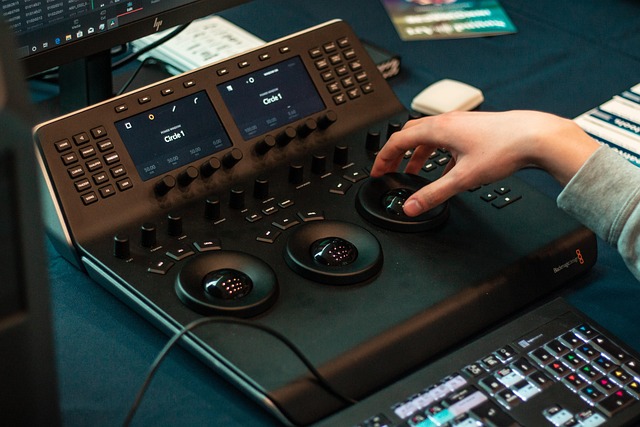The Art of Texturing: Enhancing Visuals in Imaging
In the world of imaging, texturing is more than just a technique; it’s an art form. It’s a bridge between the digital realm and the emotional experience we want to evoke through our visuals. Whether you’re a seasoned photographer, a budding graphic designer, or simply someone who appreciates aesthetics, understanding the nuances of texturing can dramatically elevate your work.
Understanding Texturing in Imaging
Texturing refers to the process of applying surface characteristics to an image, which can transform the visual experience. This can be as simple as adding a grain to a photograph or as complex as simulating the intricate surface of a work of art. The right texture can create depth, enhance detail, and bring a whole new level of realism to your images.
Why Texturing Matters
Have you ever watched a film and felt drawn in by the rich landscapes, the gritty city streets, or the metallic sheen of a futuristic spaceship? Texturing is what makes these visuals compelling. It adds layers of information that guide the viewer’s eye and evoke emotions, allowing them to become immersed in the story being told.
Types of Texturing Techniques
- Natural Textures: These come from the world around us – think of the bark of a tree, the ripples on water, or the cracks in an old wall. Incorporating these elements can lend authenticity and warmth to your images.
- Digital Textures: In the realm of graphic design, you have endless possibilities. From soft gradients to bold patterns, digital textures can be manipulated to suit your vision, creating a striking visual impact.
- Layering Textures: This advanced technique involves combining multiple textures to create a richer effect. The interplay between different layers can revive an otherwise flat image, offering it a multidimensional quality.
How to Master Texturing
To excel in the art of texturing, practice is key. Here are some tips to enhance your skills:
- Experiment: Don’t be afraid to play with various textures in your work. Try blending unexpected textures to see how they complement each other.
- Study: Analyze images that capture your attention. Pay attention to the textures used and think about how they contribute to the overall feel of the image.
- Use Tools Wisely: Familiarize yourself with software tools that offer various texturing options. Learning to manipulate these can give you greater control over your final result.
As you embrace the art of texturing, remember that it is about enhancing storytelling through visuals. Texturing is not merely a decorative addition; it’s a vital component that can elevate ordinary imagery and transform the way viewers perceive your art. Dive into this exciting aspect of imaging and let your creativity flow!



